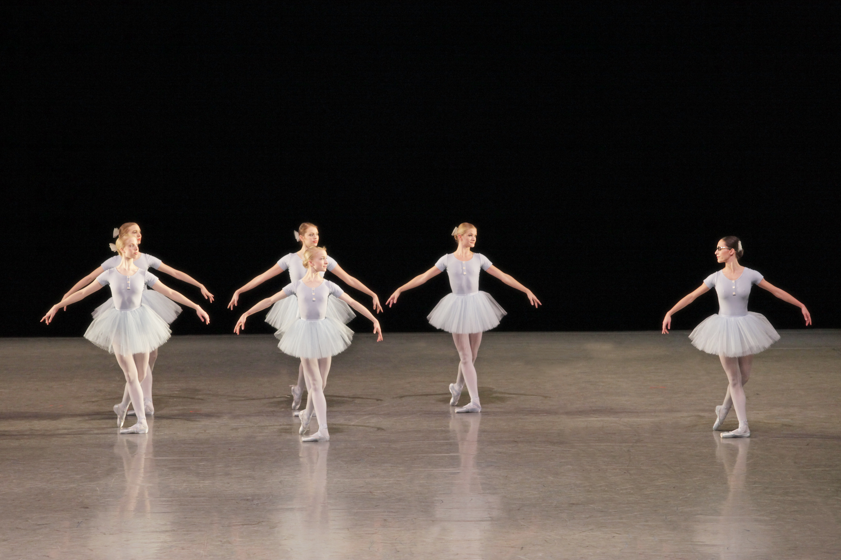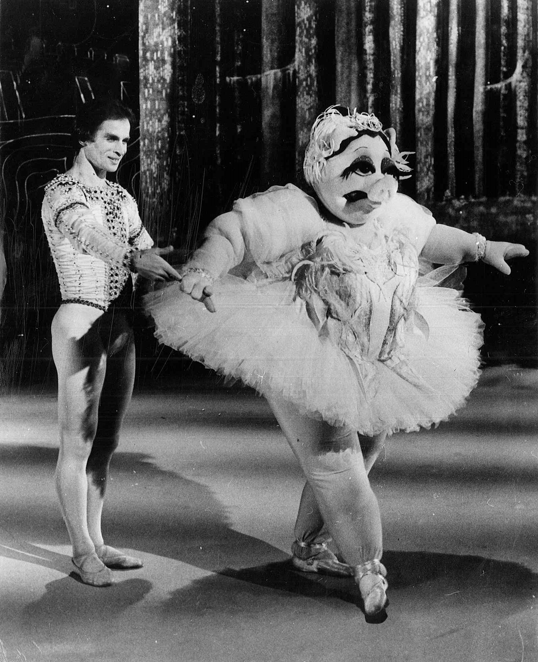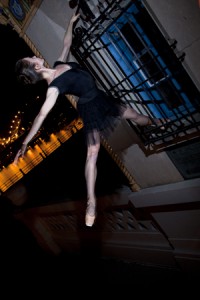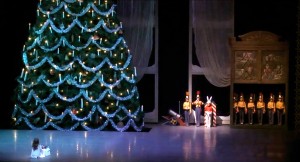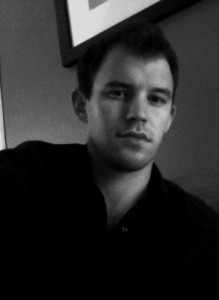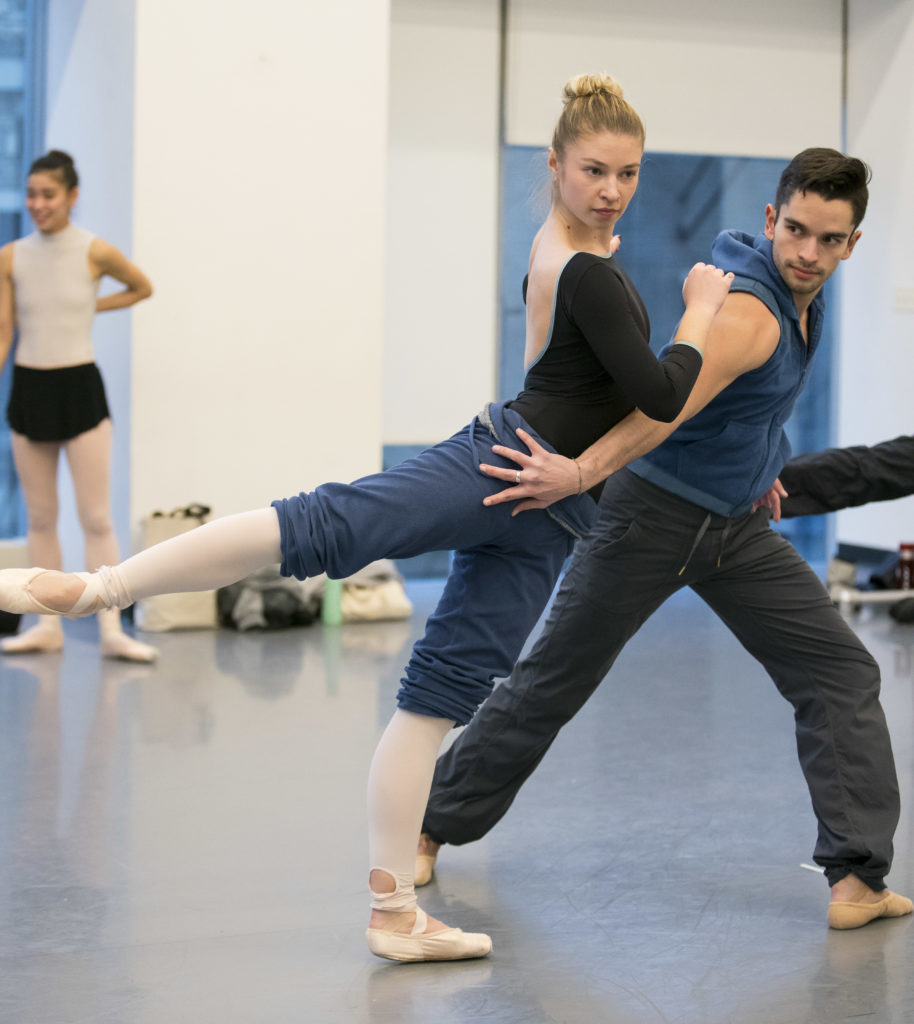
Choreographer: Myles Thatcher © Todd Rosenberg Photography 2018
by Luis Eduardo Gonzalez
“Dance is low on the totem pole of the arts, because you’re not left with a painting…a book that will stay there, a score you can read.” ~Jerome Robbins
Jerome Robbins (born Rabinowitz) was a visionary whose energetic and comprehensively eclectic approach to dance lead him to conceive a body of work which has proven to be as poignant and invigorating today as it was upon its creation. The quote above is one of my favorites of his because it sheds light on the parallels between dance and the course of life. A dance performance, for the performer as well as for the audience, is an experience that is shared in that specific way only once. As every moment passes by; every connection, and every expression that takes place on stage, is gone forever. All that is left are the memories that are burned into the minds of all who took part in that exchange.
Glass Pieces is one of the 61 ballets that Robbins choreographed and I was exited to hear that it is one of the four works included in The Joffrey Ballet’s winter program. Having read much about his life and accomplishments, as well as being an admirer of works like West Side Story and Fancy Free, I wanted to know what the experience of dancing one of his works is like.
We learned the choreography from stager Jean-Pierre (JP) Frohlich, whose talent in choreographic memory was discovered and encouraged by Robbins himself. JP’s soft spoken but direct demeanor, combined with his irrefutable mastery of the ballet, gave the dancers a palpable sense that we were in good hands. The steps are complex in musicality and after running certain sections it was evident that stamina was going to be a factor. Every piece has its challenges, but the difficulty in this choreography felt dramatically overshadowed by the energy that comes with the steps and with the stimulating Philip Glass score. We could feel the energy in the room after the first run though, an energy that any dancer can relate to as being “in the zone.” The complex musicality and technique required for the choreography demanded a state of heightened focus that lead to a sense of ecstasy and a sense of clarity. We felt exactly what to do from one moment to the other and sense of time disappeared. We forgot ourselves and felt a part of something larger.
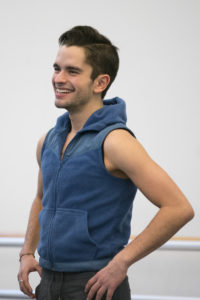
© Todd Rosenberg Photography 2018
Moments like these are the reason most of us do what we do, but unfortunately for a lot of us, “in the zone” is not where we spend most of our dance careers. In a perfect world, we would wake up every day free of pain, be on our leg for every turn, politics and favoritism would not play a role in the work we are given, and going on stage or into a new spot in rehearsal to expand experiences and push our limitations would never be a source of anxiety; however, we all know that such a situation is either very rare or does not exist. Dancers have a million things to consider at any given moment, yet at the same time it is that attempt at omnipotent consideration that deprives us of truly living in every precious moment. In doing some research on the subject, I came across an article that psychologically broke down the concept of “in the zone”, more simply defined as “flow” by Hungarian psychologist Mihaly Csikszentmihalyi. He claimed the secret to “flow” is his Goldilocks principle: “not too hot, not too cold…just right.” In other words, feeling inspired, but not overwhelmed.
Csikszentmihalyi’s concept got me thinking about the definition of luck that my teacher gave me as a student which is simply – when preparation meets opportunity. I realized that we enter “flow” by striking a balance between skill and challenge. In the case of a professional dancer or an advanced student, most of the technical skill has already developed and what needs to be allowed to grow is the artistic development that each new experience can provide. The truth is that growth is available to us only if we strip down our need for control and perfectionism and surrender to what we can learn from the present moment. After diving deep into the history of Robbins’ work and the concepts that some of his quotes suggested, I found myself slowly letting go of my own criticism while I was dancing his steps. Perfection is always something to strive for, but it became obvious that attempting analysis over my work while it was taking place, not only altered the outcome, but defeated the purpose of why the steps were made, as well as why I was getting the chance to dance them.
In the end, I think it is important to keep in mind the simple fact that life is short and that our careers as dancers are even shorter. The impermanence of every moment, situation, and sensation is what makes them so beautiful and precious, in dance as well as in life. In the words of Robbins, “Dance is like life. It exists as you are flitting through it, and when it’s over, it’s done”. Although I understand the concept theoretically, I cannot say I’ve mastered it in practice. There are days when working for yourself and your craft feels easier than others. It is however, through experiences like the one I’ve shared, that one can find moments of “flow”. A life spent chasing these moments, be it through dance or otherwise, in my book, and I think in Robbins’, is one well spent.
The Joffrey Ballet’s Modern Masters program opens February 7th and runs through the 18th at The Auditorium Theatre of Roosevelt University.
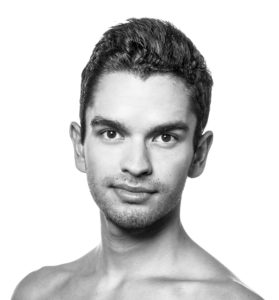
Contributor Luis Eduardo Gonzalez joined The Joffrey Ballet in July 2015.
Mr. Gonzalez, is originally from Bogota, Colombia, where he grew up before moving to Atlanta, Georgia. His training came primarily from the continued direction of Maniya Barredo, former prima ballerina of Atlanta Ballet, and current director of Metropolitan Ballet Theatre. Mr. Gonzalez has received the Star Student award at Regional Dance America’s SERBA, been awarded 3rd place at the Regional Youth American Grand Prix competition in 2008, given first place pas de deux at the American Ballet Competition in 2013, and selected to compete as the only representative of Colombia in the 2014 Jackson International Ballet Competition.
Mr. Gonzalez began his professional career with The Houston Ballet II, where he had the opportunity to dance works by Stanton Welch, among other renowned choreographers, as well as tour both nationally and internationally. At 18, he joined Orlando Ballet where he danced for three years and performed roles such as the Jester in Swan Lake, Peter in Peter and the Wolf, Ghoul’s trio in Vampire’s Ball, Franz’s friend in Coppelia, and Cavalier in the Sugar Plum Pas de deux in The Nutcracker.





